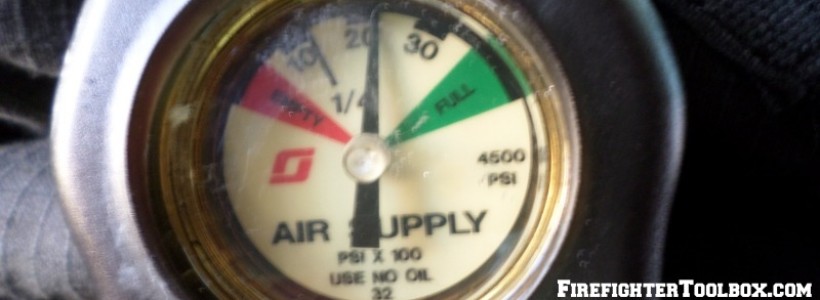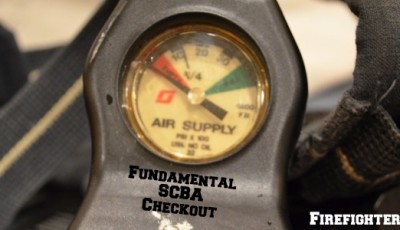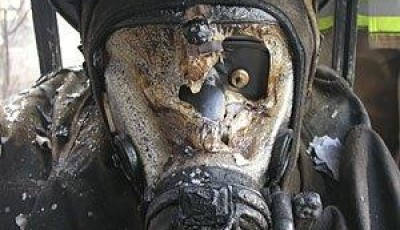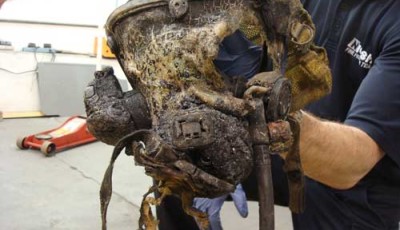Fundamentals of Air Management – Part 2
In part one we discussed some background on fundamental air management, today we will look at some action items that can be taken to teach the subject, realize the importance of it and to make your firefighters safer in that respect. Click Here to read part 1
3 Factors of Firefighter Air Consumption
Air management on a whole is a very individual topic when we break it down. How much air a firefighter consumes in an IDLH environment depends on a number of factors some of them being…
1) The physical fitness level of the firefighter-
It makes perfect sense that a firefighter with next to no fitness level is going to consume air at a much higher rate that a firefighter who regularly runs long distances. Do what you can to improve your fitness level, see the health and fitness section of FirefighterToolbox.com for some great advice.
2) The firefighters emotional preparedness for an event-
Every firefighter inside of a fire handles themselves differently. Some are perfectly calm and relaxed while others are breathing a mile a minute and screaming in their mask at every chance they get. If you are the later, you will suck a cylinder down in the blink of an eye. The implications of this go beyond air management however that is a topic for a future article. Take a deep breath, relax and slow your breathing down.
3) If the firefighter is truly knowledgeable and confident on the SCBA-
We can spot a confident person from across the room. Firefighters who are well trained, knowledgeable and confident in the equipment are COMFORTABLE with their equipment. Take some time with your SCBA, understand it and become confident with it.
One of the key aspects here is that we must know how much air we consume as an individual. There are numerous ways to determine this. We have to develop the mindset of dividing our air supply up into workable sections. If we consumed half a cylinder getting into the building, making it to the second floor and searching a room how much air do you think it is going to take you to find your way back out again? Chances are that bell is going to be ringing.
To determine what your air consumption is going to be keep your air supply in mind at trainings. Are you doing a search drill? Perfect, monitor your air consumption at various stages of your search. How much air is it going to take you to get back to where you came in? A simple search on the internet is going to yield you tons of great ideas for simple air management drills that every department can do. I have seen everything from playing basketball behind the firehouse to crawling around on a playground (which is a great search drill).
The sooner we grasp the reality that air management is a real need in today’s fire service the quicker we can take steps to improving. Do you have any air management/consumption drills that you currently use in your department? Please feel free to leave them in the comment section.












Good Afternoon. I would start by saying this was a great set of articles to read. I will agree with you, we should be spending more time on the correct training. This issue we find the most opposition to is changing the mind set of the use of “reserve air”, and monitoring your air status during operations. Thank you again for this article and I look forward to future articles.